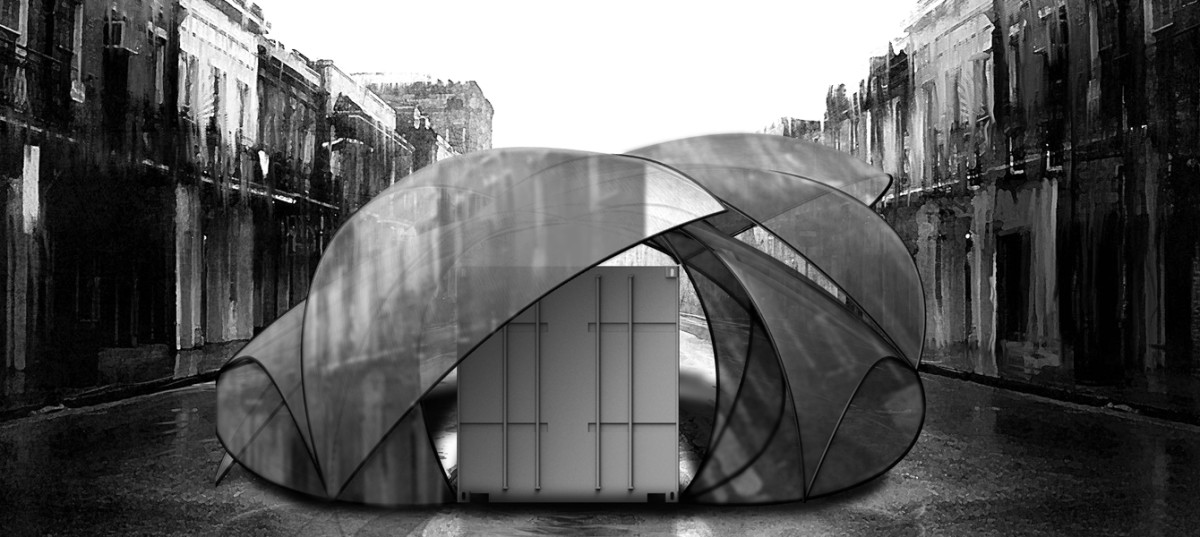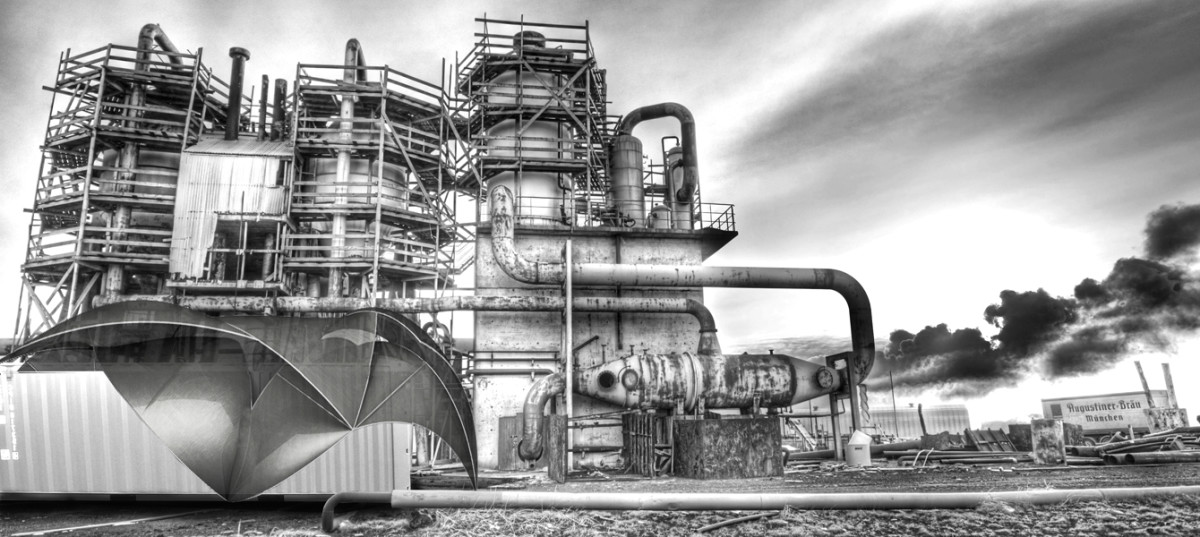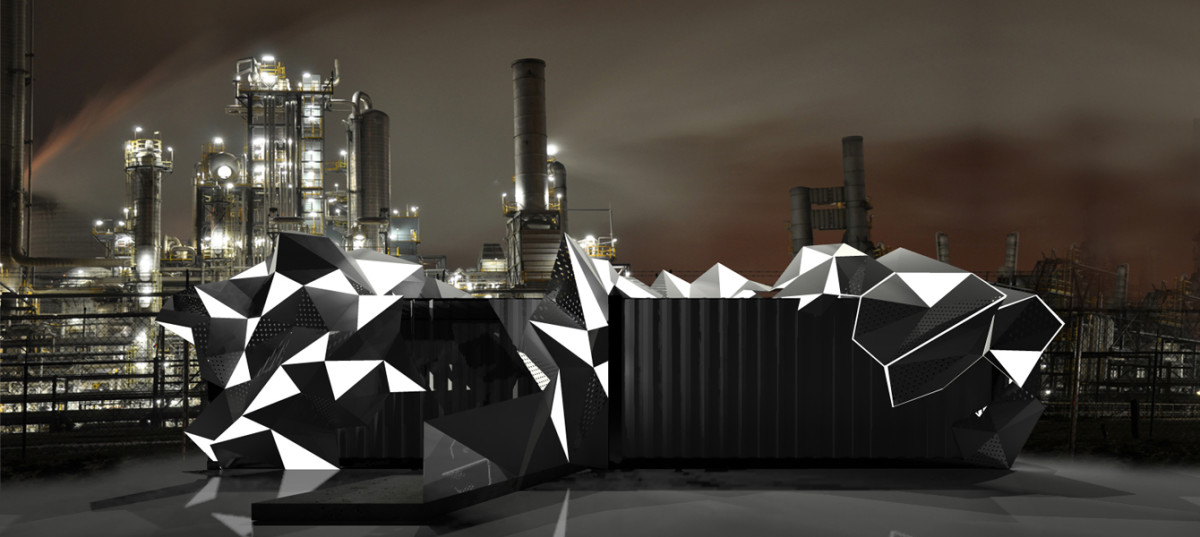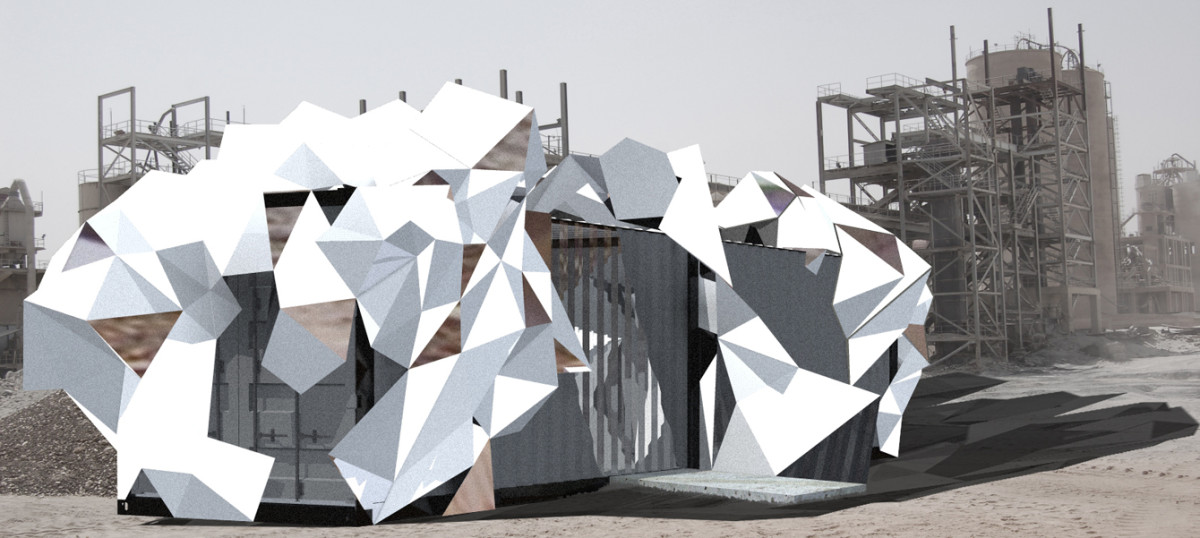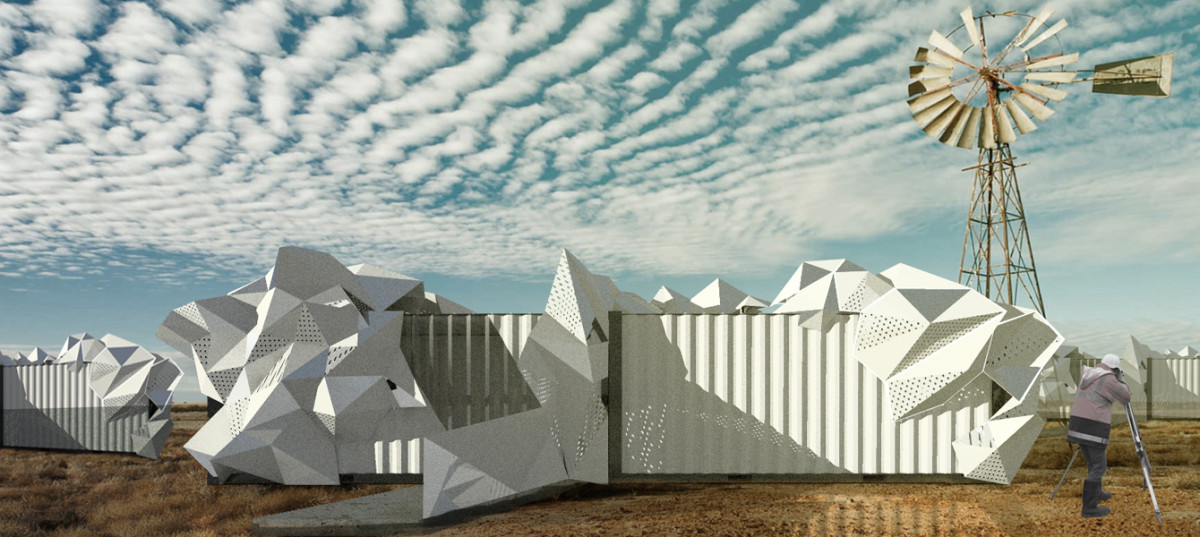At the beginning of 2015, Shiro Architects worked at an early stage with a highly innovative organisation, at that time called NanoCarbon, which had plans to build small-scale manufacturing plants for the “next silicon”.
NanoCarbon is now known as Imagine IM, and started its life with a vision to be a leader in the emergent graphene industry.
In simple terms, graphene, is a thin layer of pure carbon; it is a single, tightly packed layer of carbon atoms that are bonded together in a hexagonal honeycomb lattice. It is one million times thinner than paper, so thin that it is actually considered two dimensional, but is also an excellent conductor of heat and electricity like silicon.
Unlike silicon, graphene is not brittle, is highly flexible, and conducts electricity much more efficiently.
Graphene is being tested for use as ink, transistors, airplane wings, computer chips, batteries, flexible touch screens, anti-rust coatings, tires, DNA-sequencing devices, headphones, saltwater filters, tennis rackets, antennas, solar cells, paint, windows, and even living tissue applications such as bionic limbs.
In the time since it launched, Imagine IM has changed direction to satisfy the needs of real customers with real needs, but when we met it, it had the idea of a “graphene plant in a box”, a manufacturing facility that could be delivered on site in 20-foot shipping containers, with probably at least two shipping containers per installation, which led us to come up with some of these concepts, as “eye candy” to accommodate and sell those plants.
One of our architectural approaches in creating working designs for the graphene plant was to translate its “single layer” of carbon lattice into buildable mesh membranes.
This structure aimed to unify the containers into a single cohesive building language, funky and attractive, yet practical.
We aimed to transform the prosaic language of the container’s appearance in communicating the greater significance and meaning of the project.
One idea was to create a “coat” for the container itself that extended its core structure’s usage from inside to outside.
Considering that the containers might be used in extreme environments, this “coat” would provide, potentially, extra protection for the plant, and membranes that could be used in presenting and projecting the marketing message.
Using a smooth cladding material, a large membrane constructed with tensioned fabric that is curved and onto which imagery and light can be projected could provide animation and constant change.
Another was to connect the theme of the container’s housing with the nature of graphene’s geometric membrane.
In any usage, durability and self-sustainability are prerequisites of container storage.
In this application, we have wrapped the container with scales consisting of triangular panels to adapt it better to extreme environmental conditions.
Creating not just a futuristic appearance, this offers also a live skin providing energy by absorbing sunlight or radiant heat.
In wet environments, tensioned hydroscopic fabrics can attract and hold water molecules.
These triangular planes can be perforated, as illustrated, or mirrored, translucent or glazed to adapt to and increase the drama of the colour and shadows of the sun’s movements.
We investigated using a mesh, a series of perforated planes, solid, or mirrored.
Translucent triangular panels allow the light source behind to penetrate through to the surface, decorative edge-lighting emphasising the hexagon patterns to reflect the nature of graphene.
Each plane creates its own unique shadow, changing dramatically across the day.
That mystery can be emphasised at night when its structure it is lit from beneath. Its sheets can themselves be forged from individual light tubes; that is, without external lighting, those sheets can become the source of light itself.
